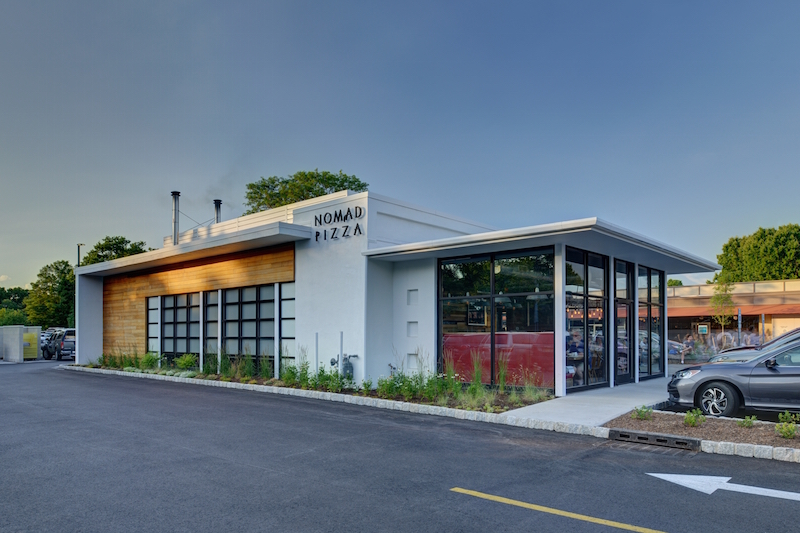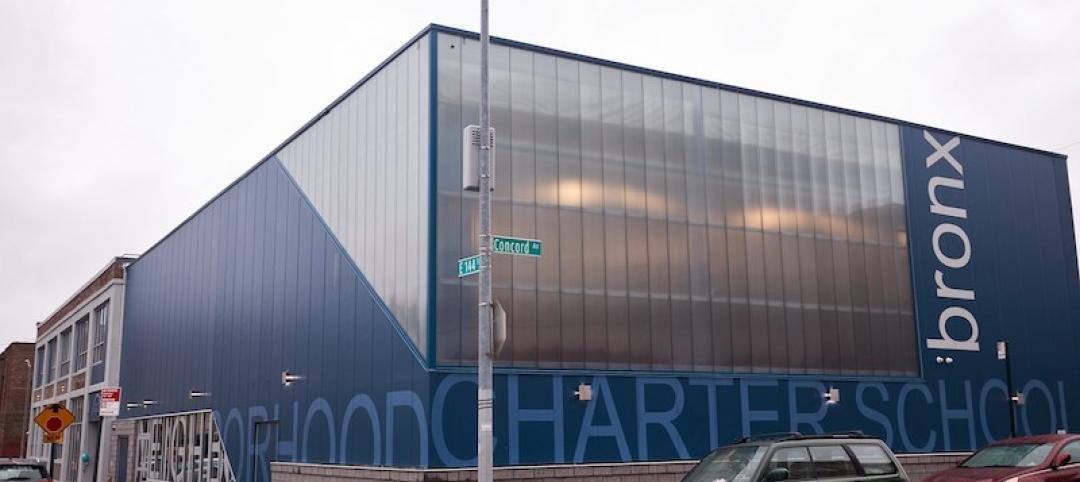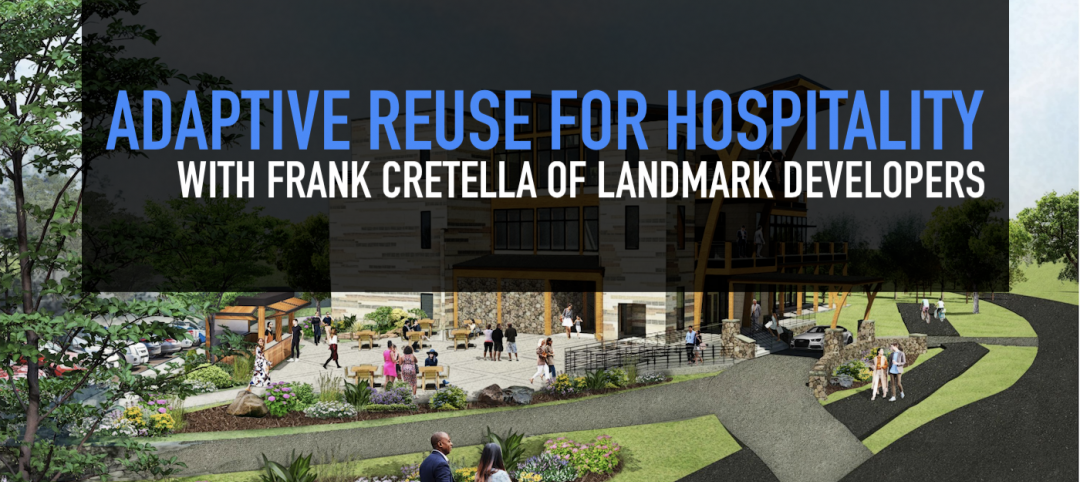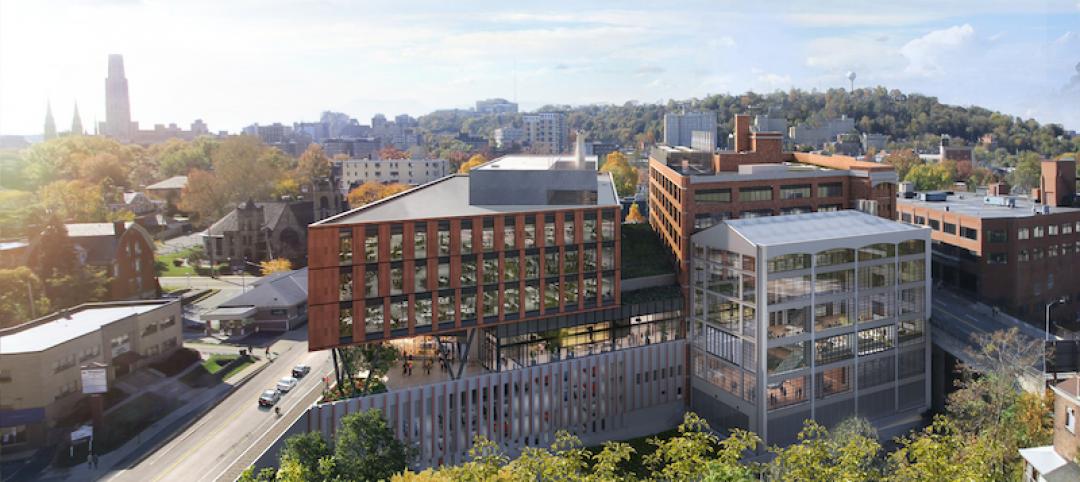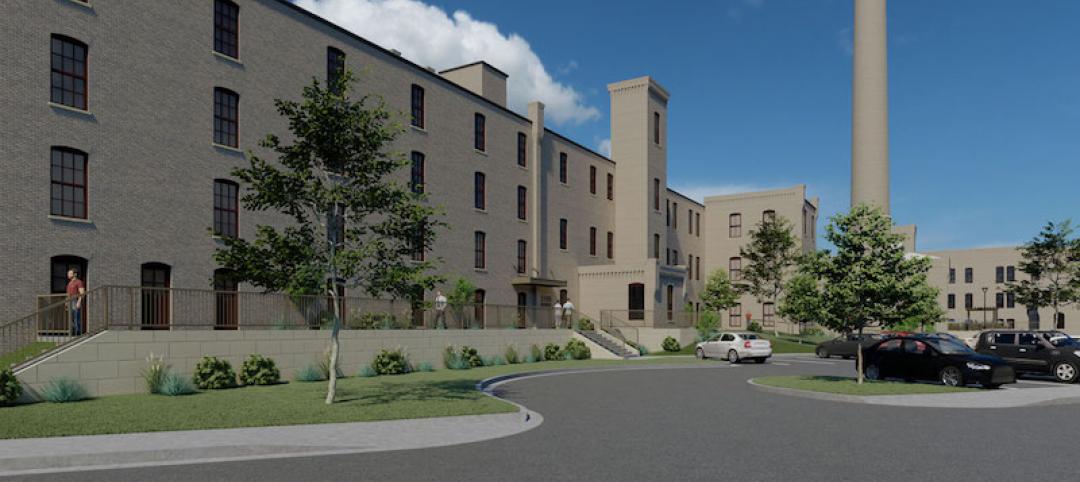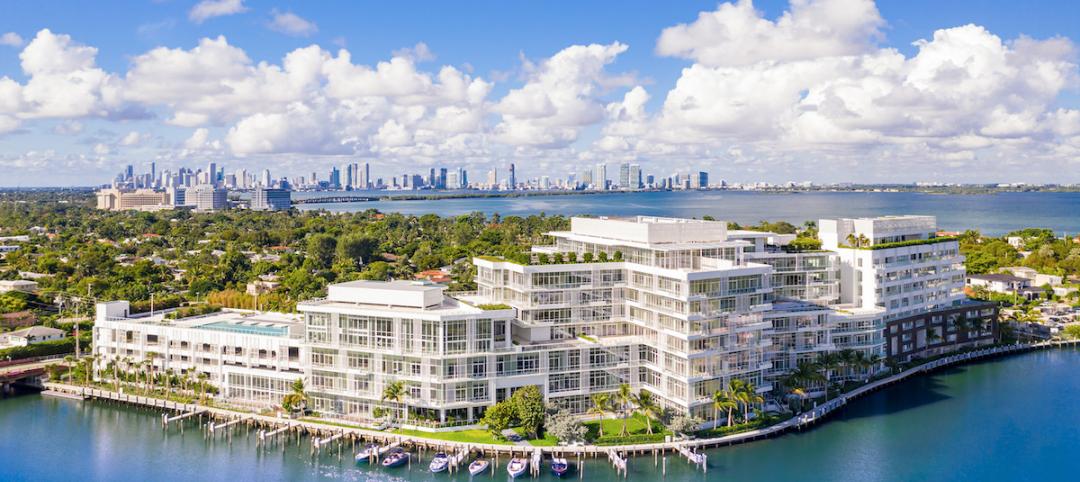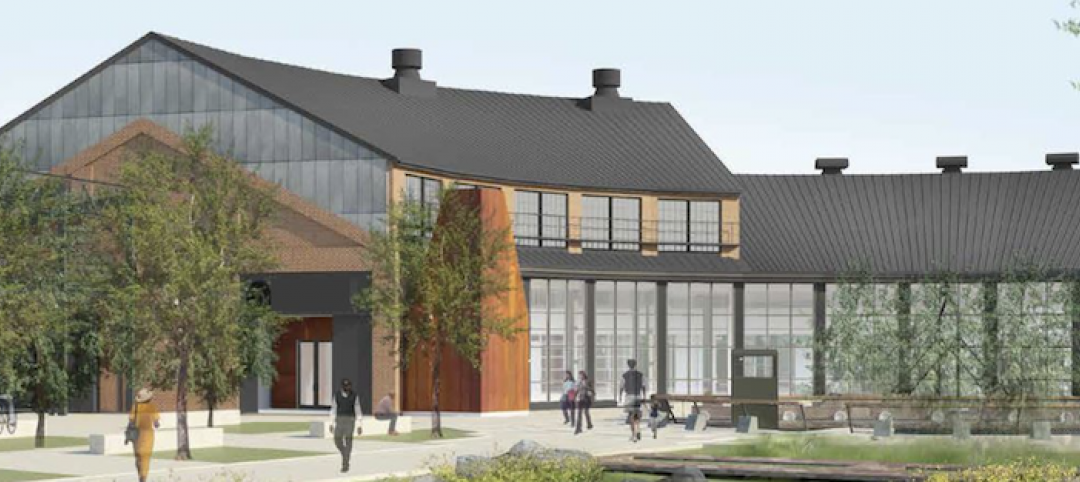There are around 150,000 gas stations operating in the U.S., nearly 53,000 fewer than in 1994, according to the National Association of Convenience Stores and National Petroleum News estimates.
Closed gas stations can be real-estate headaches, partly because of the expense and red tape associated with environmental mitigation and, on occasion, rezoning required to use the property for something else. Consequently, many closed gas stations are simply abandoned, their deteriorating structures standing as grim reminders of a different era.
The more successful attempts at adaptive reuse have seen gas stations converted to restaurants. A few years ago, a CNN story focused on a number of such resurrections, including a dilapidated Standard Oil station in St. Louis, built in the 1930s, that became Olio, a wine bar and restaurant.
This trend can be traced back to 1974, when the Quaker Steak & Lube chain of restaurants began in a renovated filling station in Pennsylvania. (That chain, now with 50 locations in 14 states, emerged from bankruptcy last year when it was acquired by the TA Restaurant Group division of Travel Centers of America. On Nov. 1, TA announced the launch of a franchise expansion push to take the Quaker Steak & Lube concept nationwide.)
Over the past few years, JZA+D—a design outfit based in Princeton, N.J., that celebrated its 10th anniversary in September—has expanded its adaptive reuse practice. Recent projects include the conversion of a Masonic Temple in Princeton to a 100-unit apartment building whose construction is scheduled to begin next month; and an old tannery in Yardley, Pa., whose conversion to Class A office space for Red Nucleus was just completed.
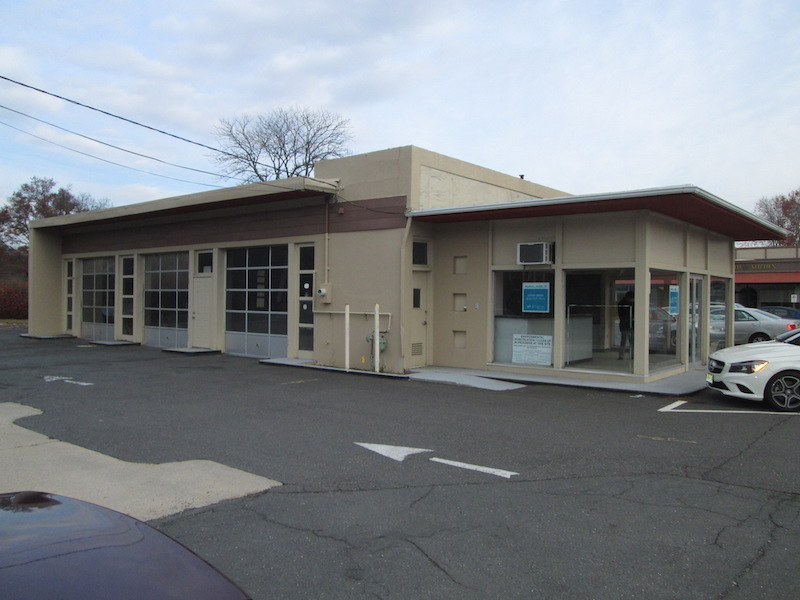
The gas station's original design (above) harkens back to the Modernist movement of the 1930s. Its adaptive reuse as a pizzeria (below) required closing the service bays and garage doors in the rear with a facade of cedar and storefront glazing. Images: Michael Slack, courtesy of JZA+D
Joshua Zinder, JZA+D’s owner, is a self-described “architecture fanatic.” So when he first became aware that developers wanted to repurpose a closed Amoco gas station near the Princeton Shopping Mall, he immediately saw possibilities of converting a building whose original design reflected the Modernist movement of the 1930s. “It had its own personality,” says Zinder, and his firm attempted to preserve as much of that as it could.
What emerged from that vision was Nomad Pizza, with glass and cedar planes, new awnings, and an outside patio area that seats between 75 and 80 customers. Zinder estimates that the building was around 1,000 sf, to which the new design added 500 sf for the patio and a walk-in freezer.
The drive-through service bays and garage doors weren’t suitable for a foodservice space, so JZA+D closed of the bays and portals at the rear with a façade of cedar and storefront glazing. Specialized doors were installed in the front to take advantage of the original garage openings, and to allow the dining area to expand into the patio area during warmer months.
Edens, a regional shopping center developer that owns this property, handled the environmental mitigation, says Zinder.
Over the past few years, JZA+D has expanded its adaptive reuse practice, which recently included the conversion of a tannery in Yardley, Pa., to a Class A office space for Red Nucleus. Pictured is a conference room that retained the tannery's weighing equipment. Image: Michael Slack, courtesy of JZA+D
This wasn’t JZA+D’s first gas station conversion; about four years ago it changed a filling station into a Goodwill dropoff and office space. Zinder says he’s receptive to doing more of these, although he hasn’t heard from any property owners yet, despite the fact that Nomad Pizza has become one of Princeton’s go-to eateries since it opened on May. 17, offering 16 pizza choices and four different salads. “There’s lines in front of the place every night,” says Zinder.
Related Stories
Multifamily Housing | Oct 21, 2021
Chicago’s historic Lathrop public housing complex gets new life as mixed-income community
A revitalized New Deal–era public housing community in Chicago brings the Garden City movement of yesteryear into the 21st century.
Adaptive Reuse | Aug 25, 2021
The first net-zero hotel in the U.S. is nearing completion in Connecticut
Solar arrays will provide the electricity for the Hotel Marcel, whose name recalls the building’s original designer.
Adaptive Reuse | Aug 13, 2021
Developers are repositioning vacant space as charter schools
Transwestern is working with the National Alliance of Public Charter Schools to provide a turnkey solution.
Hotel Facilities | Jun 18, 2021
Adaptive reuse for hospitality, with Frank Cretella of Landmark Developers
In an exclusive interview for HorizonTV, Landmark Developers' President Frank Cretella talks about the firm's adaptive reuse projects for the hospitality sector. Cretella outlines his company's keys to success in hospitality development, including finding unique properties and creating memorable spaces.
Adaptive Reuse | Jun 2, 2021
An old Ford factory in Pittsburgh is being adapted to become a biomedical research facility
This is the latest step in the city’s post-industrial resurgence.
Adaptive Reuse | Apr 15, 2021
The Weekly Show, Apr 15, 2021: The ins and outs of adaptive reuse, and sensors for real-time construction monitoring
This week on The Weekly show, BD+C editors speak with AEC industry leaders from PBDW Architects and Wohlsen Construction about what makes adaptive reuse projects successful, and sensors for real-time monitoring of concrete construction.
Adaptive Reuse | Feb 24, 2021
Adaptive reuse project brings co-living space to Los Angeles’s Hancock Park
Lorcan O’Herlihy Architects is designing the project.
Adaptive Reuse | Feb 14, 2021
Three adaptive reuse projects will add housing in Wisconsin
Historic tax credits helped pave the way, but preservation required creative solutions.
Multifamily Housing | Jan 20, 2021
Abandoned Miami hospital gets third life as waterfront condo development
The 1920s King Cole Hotel becomes the Ritz-Carlton Residences Miami in the largest residential adaptive reuse project in South Florida.
Adaptive Reuse | Dec 17, 2020
A train engine repair building is turned into an innovation center that’s part of a massive riverfront redevelopment in Pittsburgh
The adaptive reuse of the Roundhouse is the latest step forward for Hazelwood Green.


